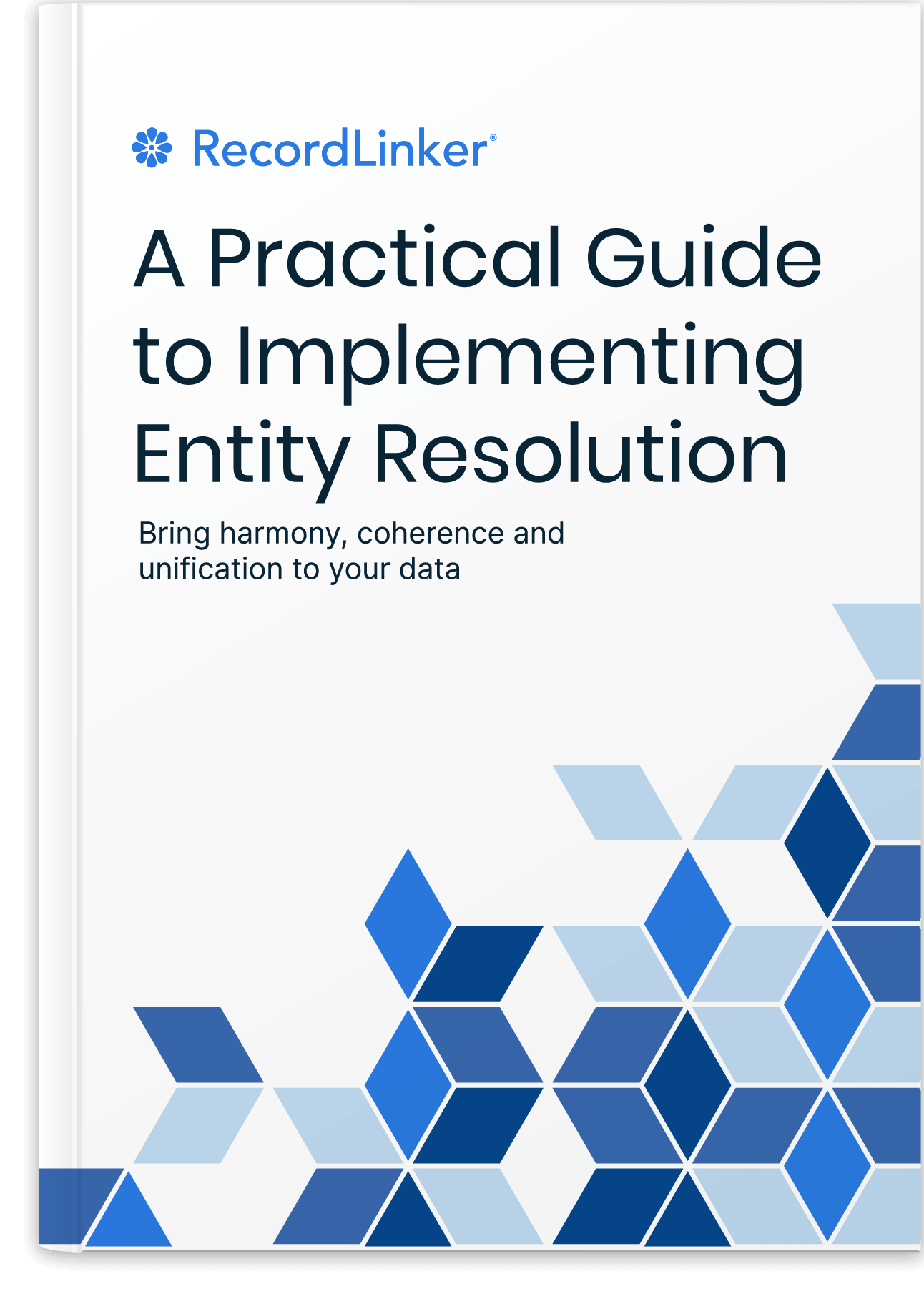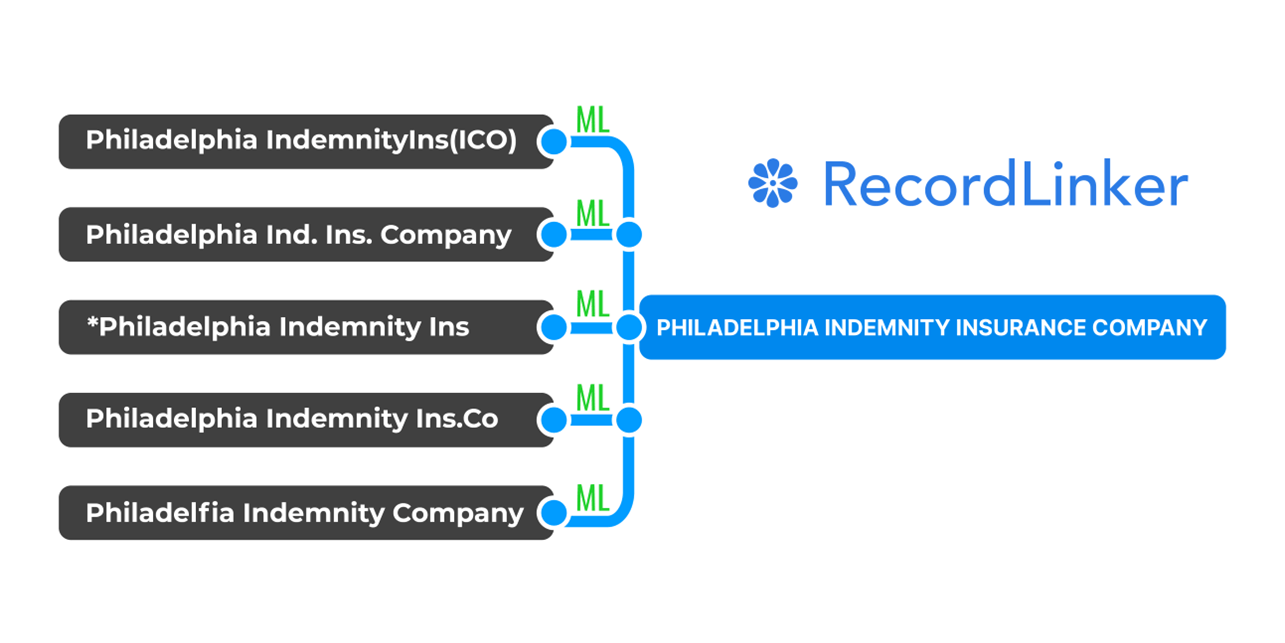7 Essential Master Data Management Principles For Every Business
If you’ve taken stock of your organization’s data management practices lately, you may have realized that there is a lot of room for improvement. Data is the lifeblood of every business, yet it’s often treated as an afterthought and handled in a loose, improvised fashion.

Master data management is a discipline that provides a centralized approach to managing an organization’s most essential data. It helps managers get a handle on their disparate data sources, cleanse and standardize their data, and govern it throughout its lifecycle.
In other words, master data management is the key to unlocking the true value of your data.
Master Data Management Principles
Master data management principles enable organizations to seamlessly integrate disparate data sources, enhance data security measures, and support business growth and innovation in a thoughtful way. These guidelines contribute to driving value and achieving strategic objectives in the modern business environment.
While the specific MDM framework you use will depend on your organization’s size, budget, and data complexity, these essential master data management principles should always form the core of your approach.
1. Data Quality
Data quality is the foundation of effective data management. Imagine data as the building blocks of your organization’s decision-making process. Data is essential for making informed business decisions. Data quality encompasses various aspects, including accuracy, completeness, consistency, and timeliness.
Accuracy ensures that data reflects reality without errors or discrepancies. For example, inaccurate customer information can lead to failed marketing campaigns or misguided sales efforts. Completeness ensures that all necessary data fields are filled out, preventing gaps or missing information that could hinder analysis or reporting. Consistency ensures that data coming from different systems or sources , allowing for seamless integration and analysis. Timeliness ensures that data is up-to-date and reflects the latest information, enabling real-time decision-making.
Ultimately, prioritizing data quality leads to more accurate insights, better decision-making, and improved business outcomes. By investing in data quality initiatives, organizations can enhance their competitive advantage and enable success through clarity and creativity.
How Do You Improve Data Quality?
There are a number of ways to approach data quality, but in general, a good place to start is with an audit</strong of your existing data.
More than likely, you will find that your data is not as clean as you would like it to be. Don’t get worried – this is normal! The important thing is to identify the areas where your data needs improvement and put together a plan to address them.
Your plan should include both short-term and long-term strategies. In the short term, you will want to focus on cleansing, which involves removing inaccuracies and inconsistencies; and enrichment, which refers to adding more context and depth to your data where helpful.
Achieving and maintaining data quality requires a proactive approach. It involves implementing data validation rules, conducting regular audits, and establishing data governance processes.
Data validation rules help detect and correct errors at the point of entry, reducing the likelihood of inaccuracies entering the system. Regular audits involve reviewing data quality metrics and identifying areas for improvement. Data governance processes define roles, responsibilities, and standards for managing data, ensuring accountability and consistency across the organization.
In the long term, you’ll need to put processes in place to ensure that your data remains clean and up to date. This should include establishing standards and governance around how data is collected and entered into your systems, as well as setting up regular quality checks and audits.
2. Data Governance
Data governance is the framework that ensures data is managed effectively and responsibly throughout its lifecycle. Think of it as the rulebook that governs how data is collected, stored, processed, and used within an organization. Without proper governance, data can become fragmented, inconsistent, and unreliable, leading to inefficiencies and compliance risks.
At its core, data governance involves defining policies, procedures, and standards for data management.
- These policies outline who has access to data, how data is classified and labeled, and how data quality is maintained.
- Procedures detail the steps for data handling, including data entry, storage, and retrieval.
- Standards establish best practices and guidelines for data management, ensuring consistency and compliance across the organization.
Improving Data Governance
Data stewardship plays a crucial role within data governance. Data stewards are individuals or teams responsible for overseeing the implementation of data governance policies and procedures. They act as custodians of data, ensuring its integrity, quality, and security.
Data stewards collaborate closely with business units to understand data requirements and ensure that data meets business needs. They also work to resolve data-related issues, address compliance concerns, and promote data-driven decision-making across the organization.
By implementing robust data governance practices, organizations can improve data quality, enhance decision-making, and mitigate risks. Effective data governance fosters trust in data, promotes transparency, and ensures that data is treated as a valuable asset.
Remember – master data management is not a one-time project with a clear beginning and end. It is an ongoing process that requires a strong vision, leadership and governance to be successful.
Your organization must define roles and responsibilities for those in charge of managing your master data, establish processes for maintaining the quality of your data, and create policies to govern how your master data is accessed and used.
A best practice is to create a governing body, such as a center of excellence, that is responsible for overseeing your master data management initiative. This group should be made up of representatives from each business unit that uses your master data. The governing body should meet regularly to review the status of your master data and make decisions about changes or improvements that need to be made.
However, in order to be sustainable, your system for master data governance needs to reflect the existing culture and structure of your organization, not be imposed from the top down.
For example, if your organization is decentralized, you may want to consider giving each business unit some degree of autonomy over their data. The key is to strike a balance between efficiency and workability that makes sense for your company.
3. Flexibility
As your organization grows and changes, your master data management framework will have to keep pace and adapt to your evolving business needs. This applies also to any software you’re using to manage and integrate your master data, not just to data governance.
Flexibility in data management is like having a toolkit. It’s about being prepared for fine tuning and strategic changes in direction. Organizations should be able to pivot, adjust, and innovate in response to evolving goals and market conditions. This adaptability is multifaceted.
Flexible approach to data entails versatility and agile data management practices which enable organizations to respond rapidly to changes in market dynamics, and technological advancements. By embracing agility, organizations can iterate quickly, experiment with new ideas, and adapt their data strategies on the fly. This nimbleness allows them to seize opportunities, mitigate risks, and stay ahead of the competition in a fast-paced digital landscape.
Achieving Flexiblity and Staying Agile
Make sure you choose software that gives you the agility to make changes to your processes quickly and easily, without compromising on quality.
First of all, you’ll need to have a clear understanding of your needs and requirements.
- What are your specific pain points?
- What processes and master data types do you need to support?
- What resources do you have available?
For example, if you have multiple business units with differing requirements, you’ll need a solution that can support multiple workflows and user groups. Or, if you’re in a heavily regulated industry, you’ll need to ensure that your platform can accommodate complex data compliance rules
Look for a software partner that understands your evolving business needs and can offer a flexible, scalable, and extensible master data management solution. With the right framework in place, you’ll be able to adapt quickly to change and keep your organization moving forward.
4. Alignment and Collaboration
A responsive data management approach involves listening actively, communicating transparently, and taking action to resolve issues or implement improvements. By fostering a culture of responsiveness, organizations can build trust, foster collaboration, and drive continuous improvement in their data management practices.
Alignment connects organizational objectives with data strategies. It’s about recognizing that data is not just a byproduct of operations but a strategic asset that can drive business success when used effectively.
Alignment ensures that data management efforts are not siloed but integrated seamlessly into broader organizational strategies, maximizing the value derived from data assets
Achieving Alignment
Achieving alignment involves a deep understanding of business goals and objectives in pair with close collaboration with stakeholders across departments.
By engaging in meaningful conversations with key decision-makers, data managers can gain insights into the specific data needs of different business units and departments. This collaborative approach allows organizations to prioritize data initiatives that directly support strategic objectives, whether it’s improving customer service, streamlining operations, or driving innovation.
Effective alignment also entails clear communication and transparency regarding data management initiatives. By articulating the importance of data in achieving organizational goals and demonstrating how data strategies align with broader objectives, data managers can garner support and buy-in from stakeholders at all levels of the organization.
This alignment helps foster a culture where data is valued as a strategic asset, leading to more informed decision-making and better business outcomes. Ultimately, alignment is not a one-time endeavor but an ongoing process that requires continuous dialogue, collaboration, and adaptation as organizational priorities evolve
Free Book: Practical Guide to Implementing Entity Resolution
Interested in implementing an in-house record matching solution with your own development team without using any outside vendors or tools?

5. Integration
Integration is another part of effective data management, which largely relies on technology and elements of automation. It enables organizations to connect disparate systems, applications, and data sources, ensuring seamless communication and collaboration across the enterprise.
At its core, integration involves creating bridges between different systems and standardizing data formats. By establishing clear data standards and protocols, organizations can ensure that data is exchanged accurately and efficiently, regardless of its source or destination.
What Lies Behind Integration
Effective integration also requires establishing data pipelines that enable the smooth flow of information from source to destination. These pipelines act as channels through which data is transmitted, transformed, and validated. With that, organizations can ensure that data is delivered where it’s needed, when it’s needed, and in the right format.
Integration helps break down data silos, link records, and eliminate duplication, fostering collaboration and innovation across the organization.
It enables teams to access and leverage data from multiple sources, providing a comprehensive view of business operations and customer interactions. Integration is a necessity in today’s landscape of IT strategy that enables organizations to unlock the full potential of their data assets and drive competitive advantage in a rapidly evolving landscape.
You’ll need to ensure that your software solutions are open and extensible, well-documented, possibly prepared to handle legacy systems, and able to use of APIs and meta data. This means that it should be able to integrate with a wide range of business applications and systems when it comes to data management.
6. Scalability
Scalability is important for any successful data management strategy that deals with the problem of predicted exponential data growth in an organization. It ensures that as an organization’s data needs expand, its systems and processes can effortlessly accommodate increased demands without sacrificing performance or stability.
Infrastructure scalability involves laying a robust foundation for data management that can handle heavier traffic from more and more sources. It entails choosing scalable platforms and technologies that can support growing data volumes and processing requirements without causing bottlenecks or downtime.
By investing in scalable infrastructure, organizations can future-proof their data management initiatives and avoid costly disruptions down the line.
So, where do you even look for scalability?
Ensuring Scalability
Architecture scalability is about designing data systems that can evolve and adapt to changing business needs. It involves adopting modular architectures that decouple components, allowing for independent scaling of storage, compute, and processing resources. This architectural flexibility enables organizations to scale their data management solutions in alignment with shifting priorities and emerging technologies, ensuring agility and resilience.
Resource scalability entails dynamically allocating resources to meet changes in demand. It requires deploying automation tools and cloud-native technologies that can provision compute, storage, and networking resources on-demand, scaling up or down as needed to maintain optimal performance and cost efficiency. By embracing resource scalability, organizations can effectively manage resource utilization, minimize waste, and maximize the return on investment in their data management infrastructure.
In essence, scalability is not just about accommodating growth but also about fostering innovation and agility. It empowers organizations to scale their data management capabilities in lockstep with their business objectives and market dynamics.
Once you’ve honed in on software that suits your needs, make sure it has the ability to scale. As your business grows, you’ll need a system that can accommodate more users, more data, and more complexity. A scalable solution will also allow you to add new features and functionality over time.
7. Interoperability
Modern data management relies on interoperabilty. It is a property of software and your broader MDM ecosystem that describes how well they can bring (more and more) disparate systems and environments together. Interoperability is about being able to translate data from different systems and exchange exchange data seamlessly, regardless of their underlying technologies or architectures, enabling organizations to unlock the full potential of their data assets.
Enabling Interoperability
At its core, interoperability relies on common data standards and protocols that enable systems to understand and interpret data consistently. This process is about creating a common platform through which systems communicate (e.g. see: canonical data model). that all solutions involved can understand and adhere to, ensuring that data is exchanged accurately and efficiently.
By defining clear guidelines and best practices for data exchange, organizations can break down data silos and facilitate collaboration between internal departments and external partners, fostering innovation and driving business growth.
Effective interoperability also requires alignment on data formats and governance principles across the entire data ecosystem. This alignment ensures that data is managed and governed consistently throughout its lifecycle, from creation to consumption. By establishing common data models, metadata standards, and governance frameworks, organizations can maintain data consistency and integrity, mitigating the risk of errors and discrepancies that can arise from disparate data sources and interpretations.
Recommended Reading About MDM and Data in Business
If you are just starting out planning your approach to data, you probably realize that there is a lot to unwrap. Check these articles to understand data management cocnepts, tools, and their business applications:
- Excel: Why It Doesn’t Help In Data Matching
- Cleaning Your Data To Discover Insights
- 5 Key Areas in Master Data Management
- Benefits of MDM Software
- Canonical Record Set: The Key Piece of Your MDM
- Master Data Management Implementation: Best Practices
- [Guide] Develop Your ML Record Linkage Solution In-House
Master Data Management Principles Wrapped Up
Implementing master data management principles takes time and careful consideration. Depending on the scale of your data and your needs, it may even mean hiring additional staff, investing in new technology, or outsourcing some of your data management tasks.
However, the benefits of having high-quality, readily accessible data to drive your business are well worth the effort.
With accurate and up-to-date information at your fingertips, you’ll be able to make better decisions, improve operational efficiency, and enable healthy growth.

RecordLinker uses Machine Learning to normalize records across your data systems!
Interested in improving the quality of your data, but don’t have the time or resources to create a master data management program from the ground-up?
RecordLinker is here to help. Our data integration and management platform can quickly connect your disparate data sources, identify and deduplicate records, and keep your data clean and up-to-date.




